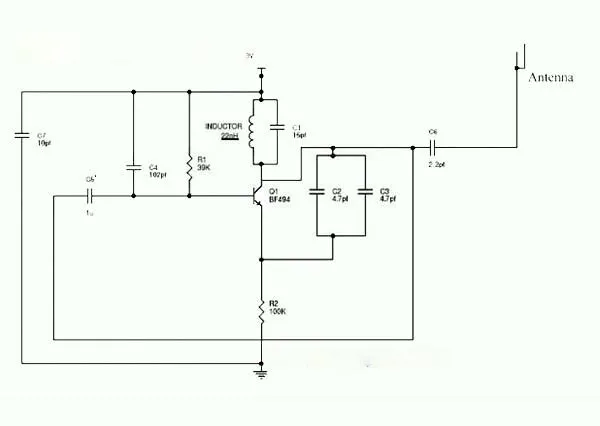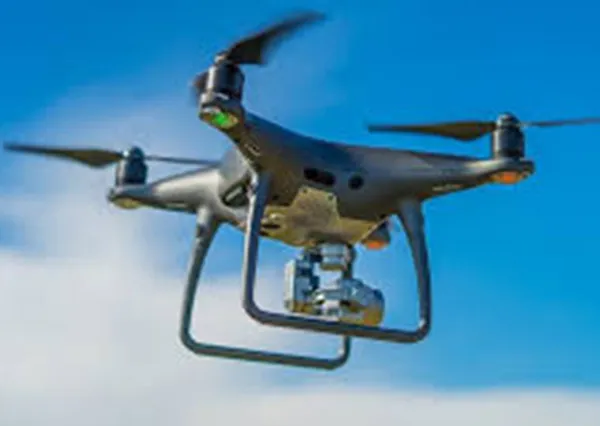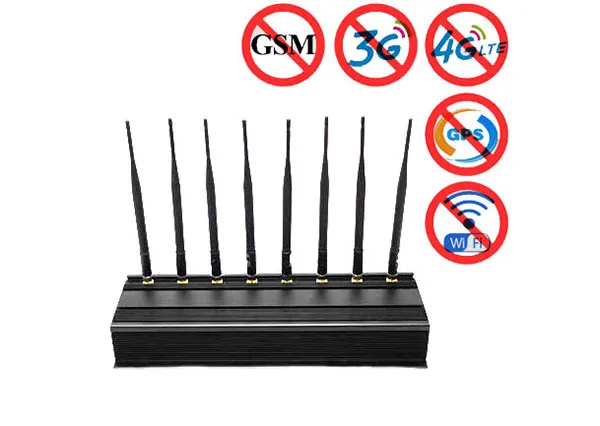If you want to know whether your mobile phone or sports watch can capture the signal in your house, the answer is "probably".When we pick up a smartphone and open Google Maps, it is usually because we need directions.Thanks to GPS, the blue dot indicates our position on the map.We rarely need to rely on our sense of position.

To determine your exact location, your phone needs signals from more than one satellite
However, with signals from at least three satellites, the GPS receiver can calculate your two-dimensional position (latitude and longitude) and track movement.
However, if you do not know exactly where you are and the direction you are facing, you must find a bearing point just like using a traditional paper map.Therefore, if you want to know whether you can use GPS signals to help people navigate in your conference center, airport, hospital and other places, the answer is no.For example, my GPS watch can track my indoor training, but if I want to use GPS signals to navigate in large concrete buildings, my mobile phone may fail.However, modern GPS receivers are more sensitive and can usually be tracked across houses.

- In general, a GPS receiver tracks eight or more satellites based on the time of day and your location on Earth.
- As long as the satellite's line of sight is unobstructed, this means that GPS signals can pass through glass and plastic, but not through buildings.
- GPS satellites can transmit geographic positioning and time information to GPS receivers on the earth or anywhere nearby.
- The problem is that the signals from the navigation satellite will be blocked by these buildings, or in some cases, they will be reflected back by the buildings before reaching your mobile phone.
If you have ever used the navigation application in a dense urban environment, and there are large buildings on both sides of the street, you may have experienced how the blue dot flashes for a period of time before determining your exact location.
This causes it to incorrectly calculate the distance from the satellite and wrongly triangulate its position.For four or more satellites, the GPS receiver can calculate latitude, longitude, and altitude.

GPS can work 24 hours a day in any weather conditions, on the earth or anywhere nearby
It does not require subscriptions or settings and operates independently of any phone or Internet reception, although these technologies can enhance the usefulness of GPS positioning information.However, GPS also has some disadvantages.
In addition, it is very accurate.This means they will pass through clouds, glass and plastic, but not through most solid objects, such as buildings or mountains.The GPS signal travels through the line of sight.GPS jammers can shield all existing positioning methods, making your whereabouts free and happy!

GPS technology has revolutionized navigation and location tracking, offering convenience and accuracy in various scenarios. However, there are limitations to its effectiveness, especially in indoor environments or areas with dense urban infrastructure.
GPS signal obstruction and the role of GPS jammers:
- Indoor Navigation Challenges: While GPS signals can penetrate some materials like glass and plastic, they struggle to penetrate solid structures such as buildings. As a result, indoor navigation using GPS alone is often unreliable or impractical. In locations like conference centers, airports, and hospitals, where precise indoor navigation is necessary, GPS signals may not provide adequate coverage.
- Signal Interference in Urban Environments: In densely populated urban areas with tall buildings, GPS signals can be obstructed or reflected by structures, leading to signal interference and inaccuracies in positioning. Users may experience delays or fluctuations in GPS signal reception, causing navigation applications to momentarily lose track of their exact location.
- Satellite Line of Sight: GPS receivers rely on line-of-sight communication with satellites to determine location accurately. When buildings obstruct the line of sight between the receiver and satellites, GPS signal reception is compromised. This interference can result in incorrect triangulation of position and unreliable navigation data.
- GPS Receiver Sensitivity: While modern GPS receivers are more sensitive and efficient in tracking satellites, their performance may still be affected by environmental factors such as building density and terrain. Receivers need signals from multiple satellites to calculate accurate positions, and obstructions can hinder this process.
- Advantages of GPS Technology: Despite its limitations, GPS remains a valuable tool for outdoor navigation and location-based services. It operates independently of phone or internet reception, making it suitable for various applications, including hiking, driving, and emergency response. GPS technology offers precise positioning information 24/7, regardless of weather conditions.
- Role of GPS Jammers: GPS blocker are devices designed to disrupt GPS signals, rendering GPS-based tracking and navigation systems ineffective. While they may have legitimate applications in military or law enforcement contexts, their unauthorized use can pose significant risks, including disrupting critical infrastructure and compromising safety.

GPS technology has revolutionized navigation and location tracking, its effectiveness is limited in indoor and urban environments due to signal obstruction and interference. Understanding these limitations is essential for users relying on GPS-based services, and caution should be exercised regarding the use of GPS jammers to ensure the integrity and safety of navigation systems.







